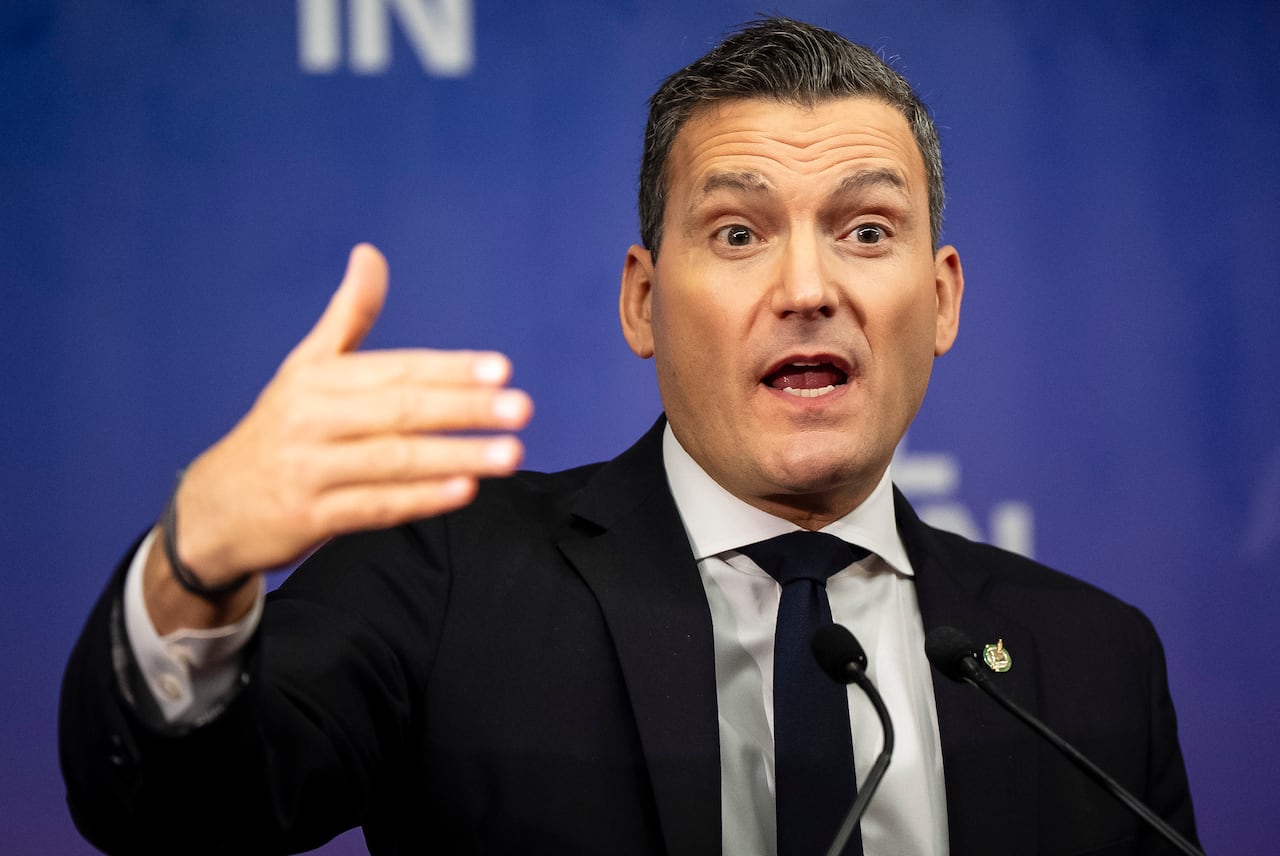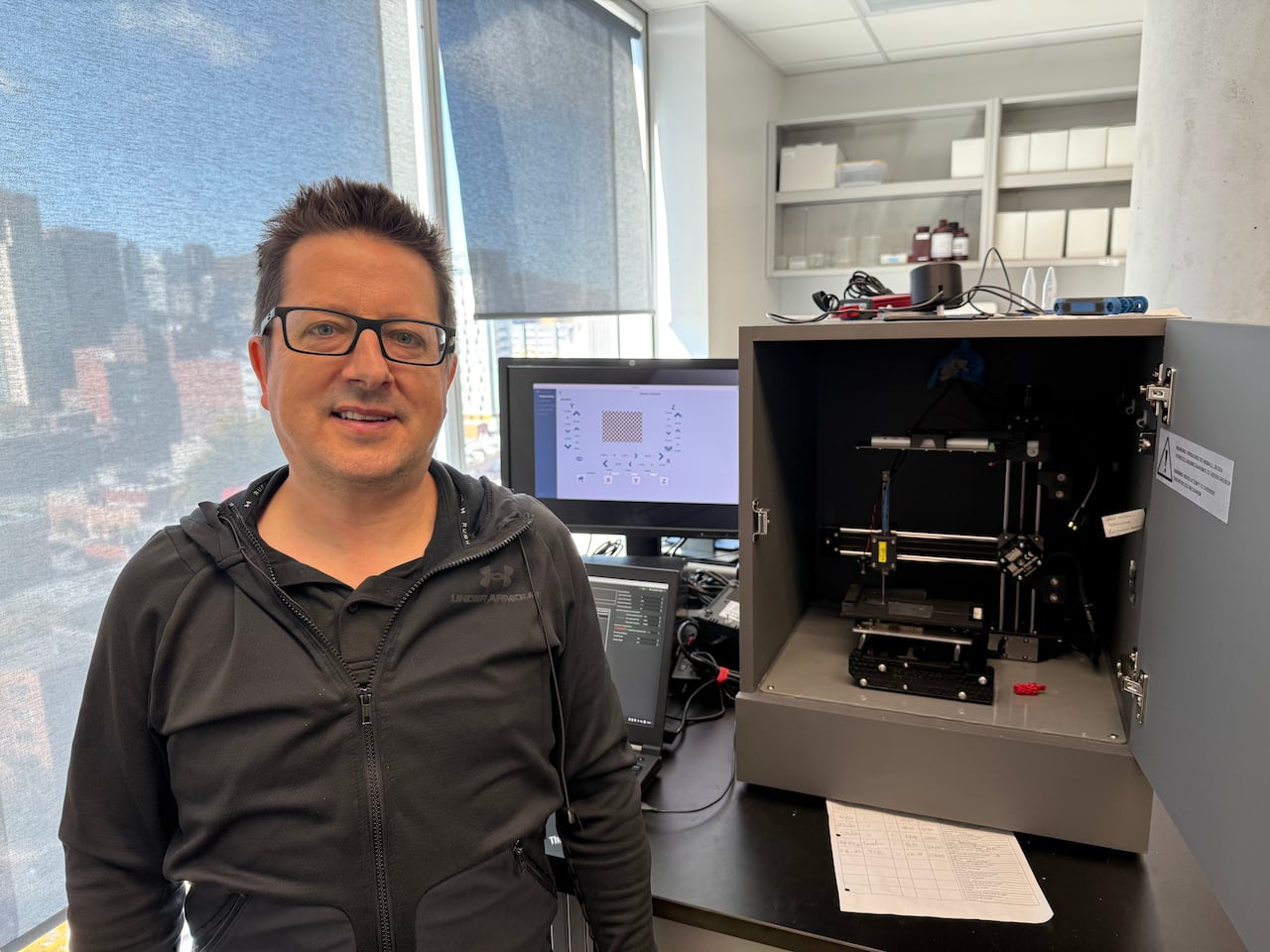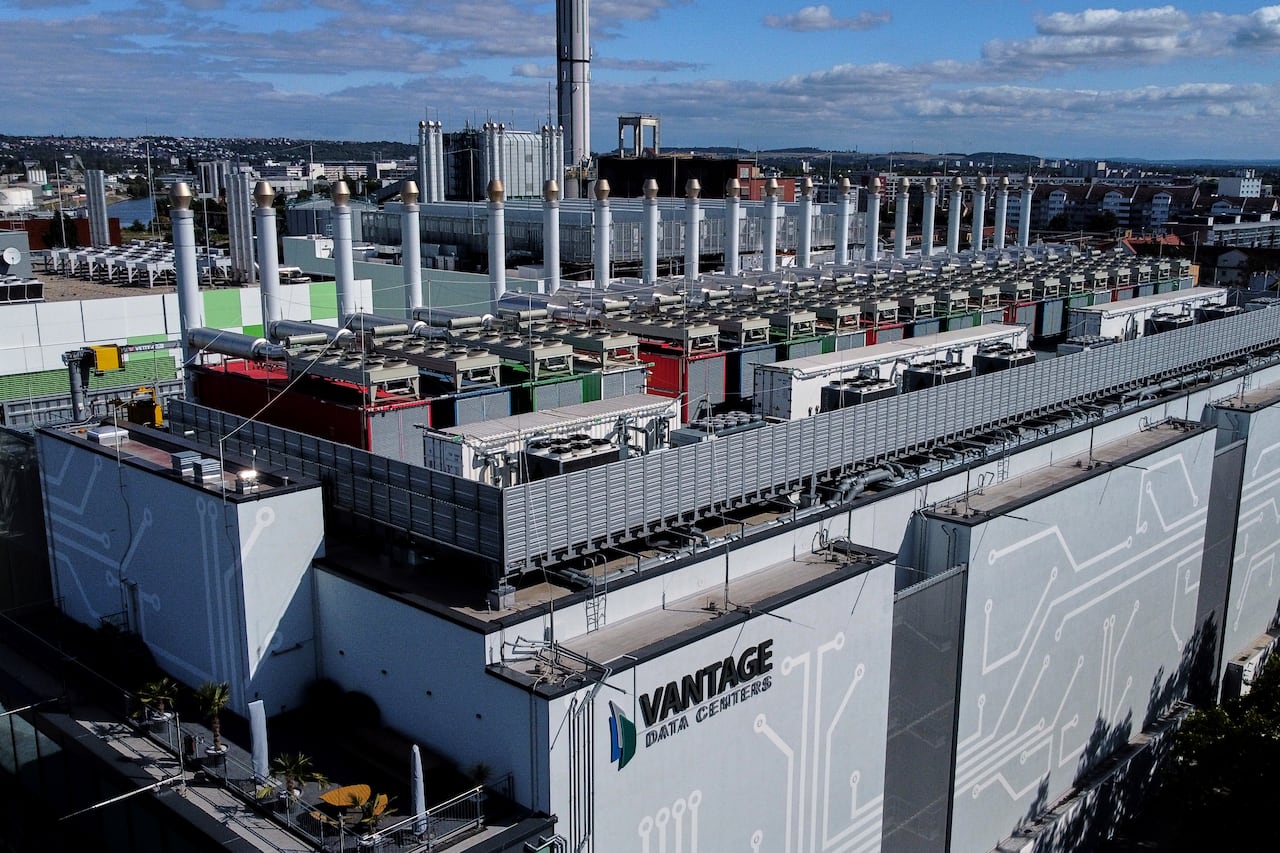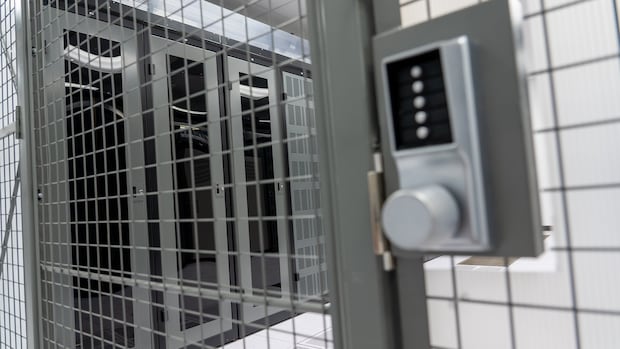As the Carney government promotes artificial intelligence as part of its bid to grow the Canadian economy, some inventors who use the technology and experts who study its impacts are calling on Ottawa to add more guardrails — something the federal government is actively examining.
“The guardrails we have now are the ones that the big tech companies are self-imposing, quite honestly, and what we’re seeing is that they’re not sufficient,” said Valérie Pisano, CEO of Montreal’s AI institute Mila, a non-profit committed to advancing AI for the benefit of all.
In an interview with CBC’s The House that aired Saturday morning, Pisano said her goal is figuring out “some protection in a world where — really, we let the companies do whatever they wanted — without hindering innovation.”
“We know how to do this,” Pisano said. “We’ve done this in every other single impactful, innovative, transformative industry. We did it with aviation, we did it with pharma, we did it with nuclear.”
Pisano said she keeps a close eye on a slate of risks posed by rapidly evolving AI, including how children interact with the technology, the environmental impact of AI data centres and its potential to displace young workers.
“I’ve been paying attention to the growing number of humans who are in intimate relationships with AI bots,” Pisano said. “What troubles me is this is a first … it’s completely new.”
In this case, Pisano said AI could be a force for good where a young person struggling socially could use interactions with an AI chatbot to strengthen their social skills. But there would need to be other support around them.
“I can also go completely at the other end of the spectrum and what I see is horrific. It’s being completely disengaged from human contact,” Pisano said.
That concern, among others, is something the federal government is closely examining and exploring how to best address, AI Minister Evan Solomon told The House.
Researchers are increasingly turning to AI to help address loneliness and social isolation. But exploring this technology also raises questions about the social impact it may have on people.
“There’s absolutely a danger side that I’m well aware of around kids using it,” Solomon told host Catherine Cullen. “But we just have to figure out how this tool can be used properly.”
“I don’t want to be ‘it’s all hype, it’s all confetti, this is going to be great’ or ‘it’s doom’ — we’ve got to be practical,” Solomon said. “We’ve got to have a plan and get this right because we have a lot of control here.”
That plan will come from various departments in the federal government, Solomon said.
He explained his office is responsible for data privacy, and he’ll be tabling legislation on the issue before the end of the year.

Solomon added that Heritage Minister Stephen Guilbeault handles online harms and Justice Minister Sean Fraser focuses on Criminal Code changes.
The Liberal government has also given its new AI Strategy Task Force until the end of the month to consult their networks and then pitch ideas in November. Solomon said he hopes the refreshed national AI strategy is ready by the end of this year.
The group has been asked to look at various aspects of AI, including research, adoption, commercialization, investment, infrastructure, skills and safety and security. The government is also holding a public consultation on its AI strategy.
Critics of the task force told The Canadian Press this week it leans too much on the perspective of industry and the tech sector and pointed out only three of the more than two dozen members have been asked to work on safe AI systems and public trust.
Inventor echoes call for safeguards
At the Centre hospitalier de l’Université de Montréal, Frédéric Leblond says the device he co-invented — a handheld tool called the Sentry that combines a laser with AI to detect whether tissue is cancerous or healthy in real time — is being used in up to five surgeries per week.
“It could be used to ensure that there is no residual tumour after the surgery,” Leblond said. “It could avoid a second surgery, for example, and potentially in some cases, cure [a patient] through surgery.”
Leblond said the Sentry sends back complex signals about the tissue it analyzes, and AI is used to ensure it’s not making mistakes. He noted AI “should and will be” an aid to make decisions but won’t take control over what decisions are ultimately made.

“There needs to be some guardrails,” Leblond said. “You need to be an expert that’s going to correct it.”
AI in Canadian health care has the potential to be transformative, Leblond said, but there need to be evolving guidelines in regulating the technology to guard against issues like AI biases — for example, an algorithm only trained with the data of young men.
“There’s a lot of examples like that and I think this needs to be integrated into the regulations,” he said.
AI and environmental risks
In order for Canada to scale up its AI industry, it’s going to need a lot more computing power — and that’s where data centres come into play.
At the end of last year, the federal government launched the Canadian Sovereign AI Compute Strategy, which it said would invest up to $700 million to “grow Canadian AI champions by leveraging investments” in new or expanded data centres.

Hamish van der Ven, an assistant professor of sustainable business management of natural resources at the University of British Columbia, said data centres have enormous electricity needs and he questions how valuable they are.
“It’s good if some data centres are relying on clean energy, but that doesn’t stop ones operating on dirtier, more carbon-intensive forms of energy from opening up and potentially out-competing the ones operating with clean energy sources,” he said.
Earlier this year, the International Energy Agency projected the electricity demand from data centres worldwide is set to more than double by 2030 to around 945 terawatt-hours — just more than the entire electricity consumption of Japan.
If Canada decides data centres have a role in its economic future, “they need to be embedded within a stringent regulatory framework that adheres to the precautionary principle and requires zero-net emissions and no new demand on the energy grid,” van der Ven said.
Angela Adam, senior vice-president of eStruxture, Canada’s largest data centre provider, told The House that data centres are the “very base layers” for innovators to build AI products.
She also said data centres that reside in Canada can safely store Canadians’ data, since they’re bound by Canadian laws. That angle is critical to Carney’s plan to build a “sovereign cloud” that gives users greater control over where their data goes.
It takes an enormous amount of energy to power generative AI. CBC’s Rebecca Zandbergen headed to a Nepean-based data centre where servers work furiously to power the technology. She spoke to the founder of ThinkOn to find out what it takes to cool all those servers and about responsible AI and the power grid.
“When you own your data, you own your destiny,” Adam said. “Data centres and data, they’re matters of national security right now and for a good reason.”
When asked about environmental concerns, Adam said her company cares about powering itself cleanly and eStruxture has “always been good stewards of sustainability, but we need increasing power. That is a fact.”
“The need for electricity is not going to go down,” Adam said. “How we collaborate with governments, with power producers, with regulators, it’s a different story. We need to come together and figure out how we power these workloads in the most sustainable manner possible.”
When asked if Canada would put constraints on the energy used by data centres, Solomon said that’s primarily a provincial responsibility. But he noted if a data centre is tied to Canada’s grid, it’s obligated to follow clean electricity regulations.
Solomon also said Canada is looking at proposals for what a sovereign cloud or sovereign data centre looks like, “and naturally we want to abide by our clean energy regulations. Those things are factors that we’re considering.”








